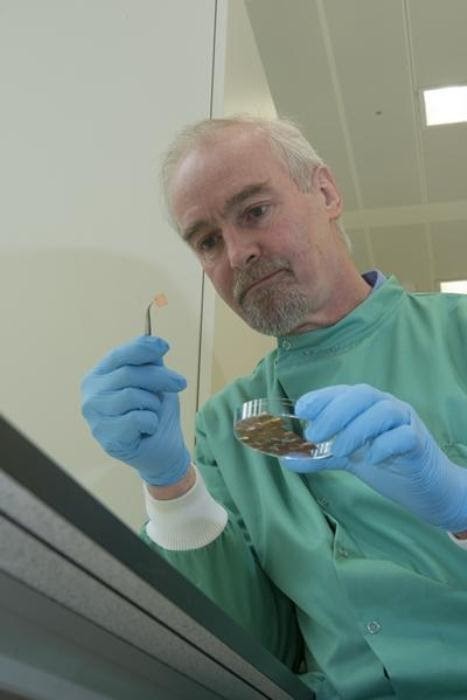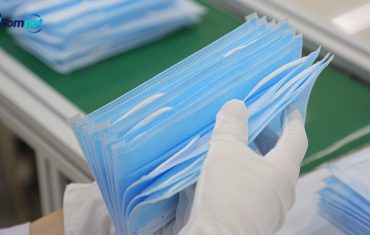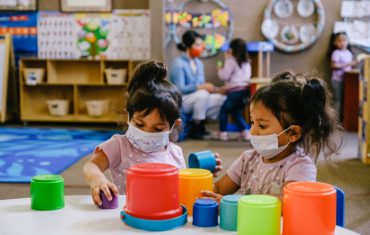Since the beginning of the pandemic, COVID-19, between countries, scientists are still debating the issue of wearing anti-pandemic masks.
Debate among scientists about wearing a face mask and the 2m rule
Elaine Shuo Feng, a researcher at Oxford University’s Oxford Immunization Organization (OVG) and author of an essay in the medical journal The Lancet calling on the UK to use masks to fight disease. Researchers writing in the British Medical Times emphasize that there is a “stork” in the guidelines on how to use anti-pandemic masks, including the inconsistency in advising workers to use masks. hospital. Part of this controversy lies in the scarcity of research. But one thing is obvious: Masks are not a substitute for social isolation, 2 meters apart, or wash your hands thoroughly with soap.

Worldwide join hands to wear face masks to prevent COVIDd-19 pandemic. Source: Thatmags
Since during the SARS outbreak, it has been shown that wearing a face mask is effective and can stop the source of viral infection. But one study of students in university has shown that wearing a face mask alone cannot stop the source of flu viruses from the community. Or a study on prevention measures against influenza published in 2017, found that hand washing is more effective, while wearing a face mask is not. Also according to a PHE study, wearing a face mask is more effective at reducing SARS infection than the flu.
The 2m rule is based on studies published 80 years ago about how far water droplets from coughing or sneezing can spread. But recent studies show that water droplets when sneezing or coughing, can be splashed more than 2 meters away. That means a distance of 2m would not be enough to stop the full spread of COVID-19, although it would minimize infection.
So why, despite knowing the effects of wearing a face mask and standing 2 meters away in the pandemic room, many health agencies still hesitate to implement synchronously? This is due to a lot of anxiety around the mask coming from health authorities when they worry that if the instructions to wear the mask will cause the reserve to be ruptured, then frontline health workers can hardly access it. with a professional level of protection. Also, wearing the mask the wrong way can lead to an even worse risk.
What is the safe face mask?
Ms. Elaine Shuo Feng emphasized: “Masks should be equipped for health care workers, that is the type of respirator of two types of N95 or FPP3 which has a filter to help block the smallest water droplets.”. In addition to the basic masks, there are other types of masks including surgical masks, or rectangular pieces of masks in navy blue or green with 2 fabric straps on the ears. Researcher Elaine confirmed that although there are no in-depth studies on the effects of handmade masks and it is not clear whether they reduce infection in the community. But, looking from mechanical studies has shown some evidence that these masks also work. Therefore, the best way in the pandemic room is for people to stay at home. But if you have to go out, wearing a homemade mask is also a good option.
And Ms. Anna Davies, one of the study authors, emphasized: “Our research shows that with homemade masks can help block some bacteria in cough saliva and them. may help reduce exposure from individuals infected with COVID-19. The worrying issue here is the origin of making homemade masks, such as materials, fit, wearing, long-lasting effects, disinfection. There is also very little research on their effectiveness, which is why policymakers are not in a hurry to support the widespread use of masks.
How to wear a face mask correctly
A problem needs to be clarified: How to wear a face mask is the best way? Does it protect the wearer from infection, or help others stay sick? Prof. William Keevil, an expert on environmental health care at the University of Southampton (UK) affirms: “Wearing a face mask is a very common job in Asia. It is polite, because the person wearing the mask thinks that they use it to avoid infecting others and avoid getting sick. And if we are infected with COVID-19 without exposing symptoms, then wearing a face mask can reduce the spread of infection to others.

Prof.William Keevil “It is polite to wear a face mask . It avoids infecting the wearer and others”. Photo source: University of Southampton Prof.William recommends: “When wearing a anti-pandemic mask, please wash your hands thoroughly before and after wearing it, because if the outside of the mask accidentally has SARS-CoV-2, then your hands will also be contaminated with virus. when touching its front. Absolutely do not touch the inside of the mask (nose, mouth). Masks when worn must fit snugly against the nose and mouth. To remove the face mask, remove it from the ears, do not pull the front of the mask to slip it off; Take out the mask can be put in the trash, or use soap to wash and dry with reusable type.



